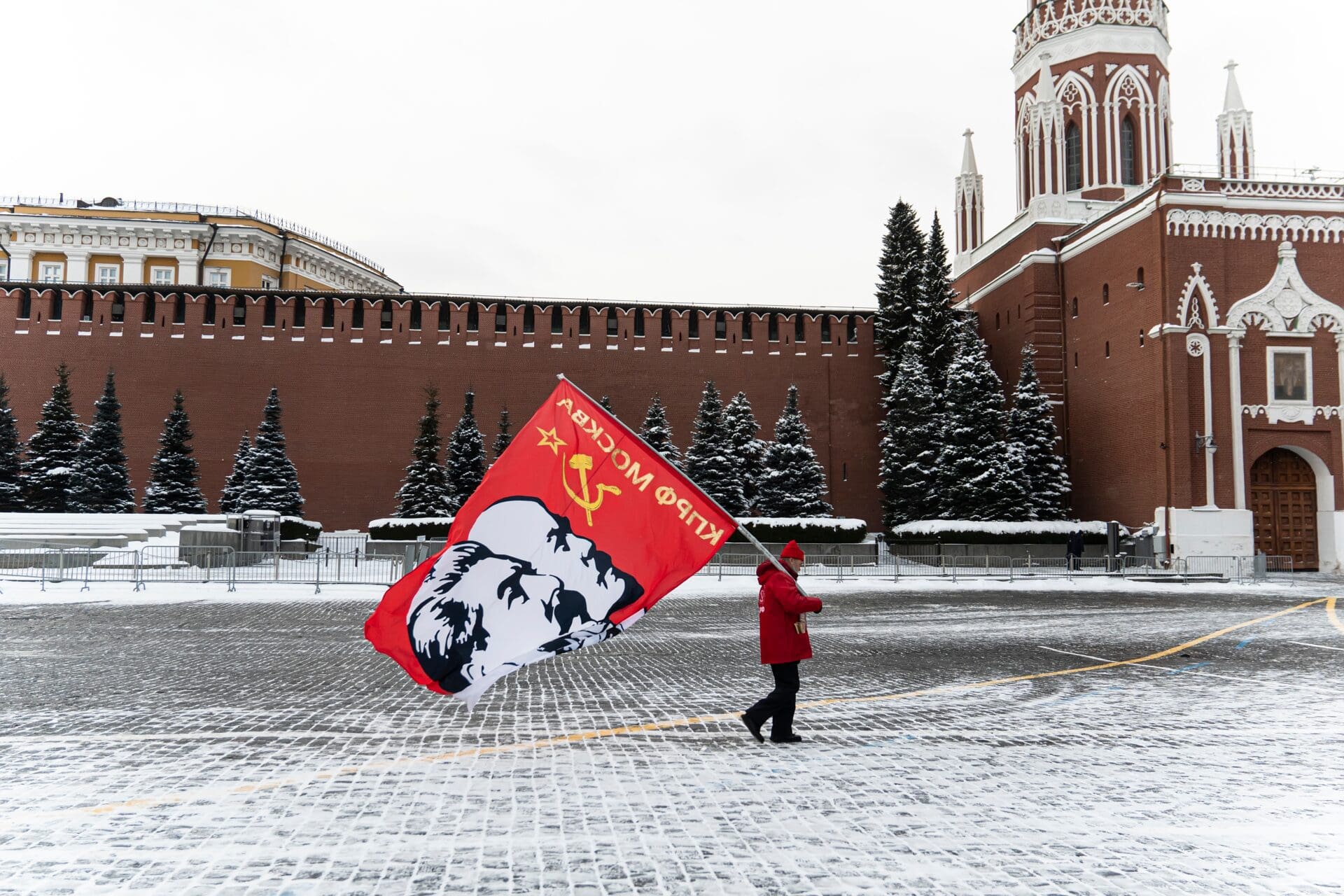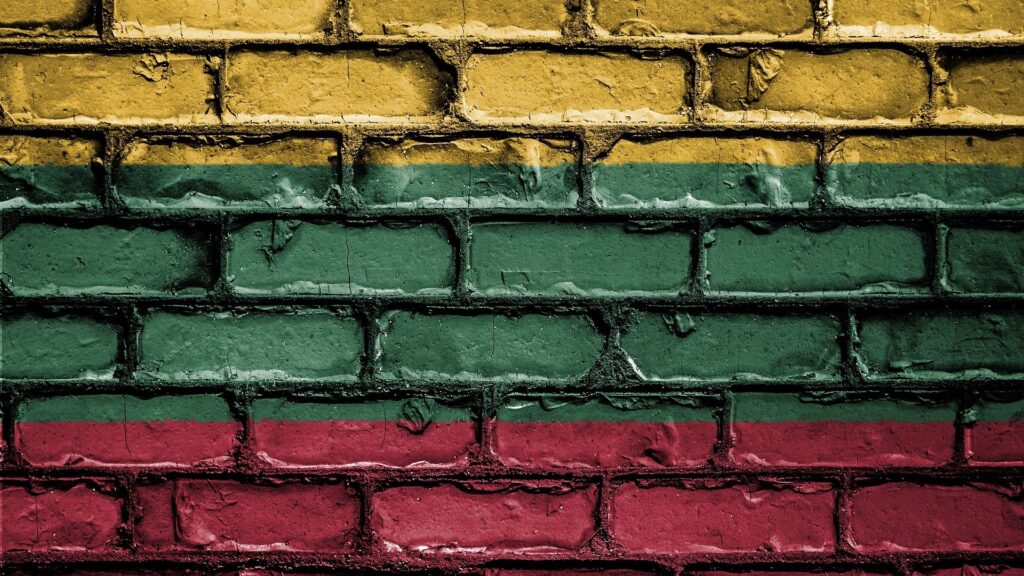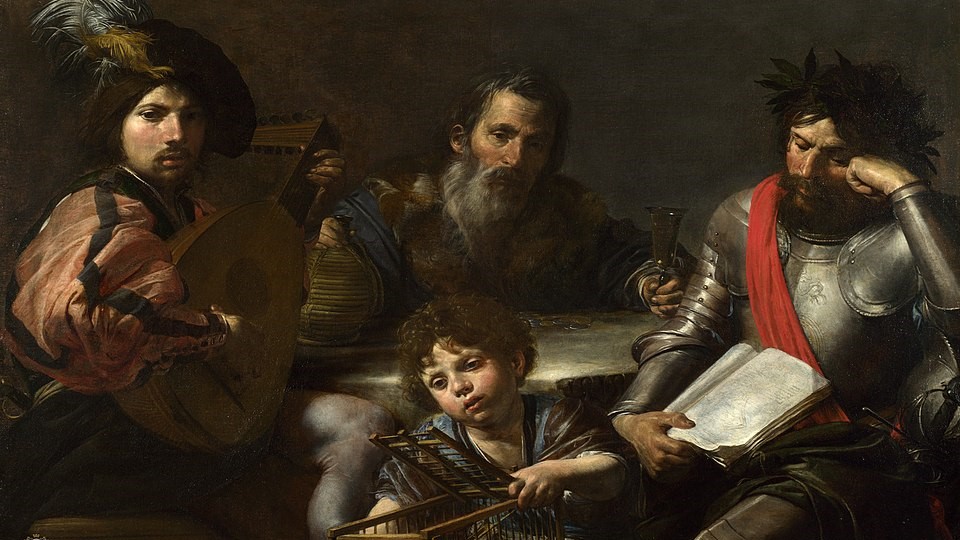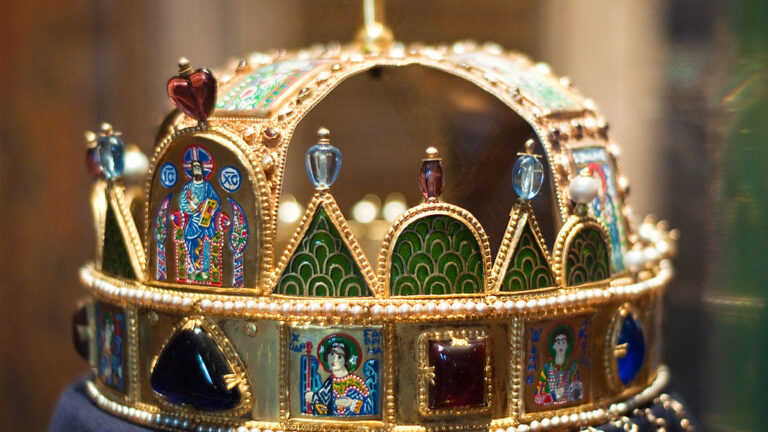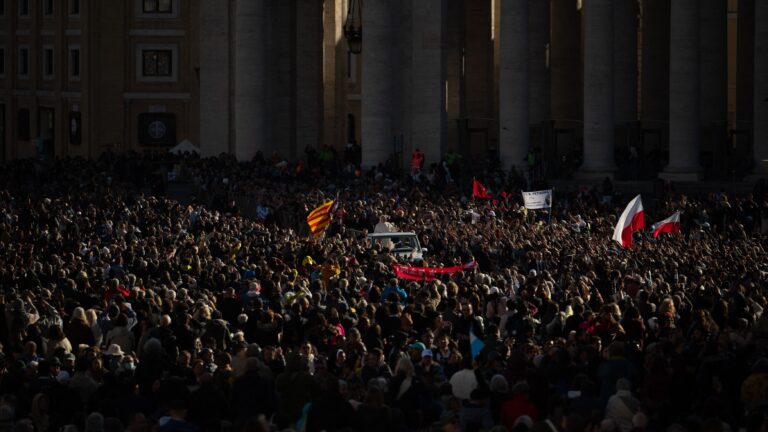Unsurprisingly, the short answer to the question posed in the title is ‘yes’. The most well-known protests in the Soviet Union happened in the period between 1989–1991. The protest on 10 March 1991 was one of the largest in Russian history—somewhere between 600,000 and 800,000 people attended the demonstration demanding Mikhail Gorbachev’s resignation and expressing support for Boris Yeltsin. Not only Moscow saw massive protests in this period, however. In Minsk, workers gathered to protest at the increase of consumer goods prices, while in the Baltic states a mass demonstration happened on 23 August 1989, when an estimated 2 million people formed the so-called ’Baltic Way’, a human chain protesting against Soviet rule and demanding independence. There were protests in Moldova, too, demanding the recognition of their language, as well as in Kyiv and in other parts of Ukraine. On 21 January 1990, a demonstration—forming a human chain from Lviv to Kyiv—was organised to mark the anniversary of the signing the Unification Act in 1919, which attempted to create a single unified Ukrainian state. There were protests also in Dushanbe, Tbilisi and in Kazakhstan, some of which ended in bloodshed due to the intervention of the Soviet authorities. To sum up, shortly before the dissolution of the USSR people in every major city took to the streets to demand freedom.
Protests in Moscow. March 10, 1991. pic.twitter.com/iGQPxVRsv6
— Soviet Visuals (@sovietvisuals) September 24, 2022
It is incorrect to believe, however, that protests took place only in the final years of the USSR. Demonstrations and rebellions were an integral part of Soviet history from the very birth of the Empire. The biggest peasant uprising, the Tambov Rebellion, challenged Bolshevik rule between 1920–1921 in Southern Russia. Around 50,000 people participated actively in the uprising. After it was defeated, 100,000 were deported and 15,000 were killed. There were a series of major GULAG uprisings, too, the biggest of them happening between 1953–54, after Stalin’s death, in Norilsk, a settlement north of the Arctic Circle, Vorkuta, also north of the Arctic Circle, and Kengir in Kazakhstan. There were a number of protests in the 1960s, the most famous of which was a workers’ strike in Novocherkassk in 1962, which ended in the ruthless massacre of peaceful protestors. One of the most memorable demonstrations in Moscow during Soviet times happened on the Red Square in 1968, protesting at the Soviet intervention in Czechoslovakia. The protests of the small, but strong Crimean Tatar minority should not go unmentioned either. One of their biggest demonstrations took place on 6 March 1988 in Southern Russia, demanding that they be allowed to return to their homeland, from where they had been deported en masse after Stalin accused them of collaboration with the Nazis. The above listed protests are only the largest and most influential ones during Soviet history, as a study has established that a total of 303 protests happened in the Soviet Union just in the 13 years between 1965-1978.
Given the high number of protests in the Soviet Union, the question arises: how come there is little awareness of them? The answer is probably that the existence and scope of the protests has been ignored by historians because they do not fit the narrative of an innate Russian authoritarianism, an idea endorsed by both domestic and Western histography. As long as the overarching narrative about Russia paints a picture of authoritarianism, the events that might be hints of the country shifting towards a democratic society will go unnoticed. In the West, one of the most frequently asked question about Russia is ‘why is it not a democracy’—which leads to endless explanations as to why Russia never democratised. However, just because Russia has not democratised so far, it does not mean that it cannot democratise in the future. Therefore, we should also look for clues that demonstrate Russia’s capacity for democratisation and the evolution of its civic norms, which are there in the history of the country. Also, as long as Russian histography only emphasizes how Moscow prevailed over internal and external enemies and successfully expanded its territory, Russian history will never be presented in a positive light. Instead, Russian historians could highlight the historic moments when the country took steps towards political evolution. A couple of years ago a list of seven key dates were proposed by InLiberty to promote those events from Russian history when the nation took a step towards democracy and the expansion of civil liberties. The list, which promotes an understanding of Russian history that is more nuanced, includes the protests during which Russians stood up for democracy.

